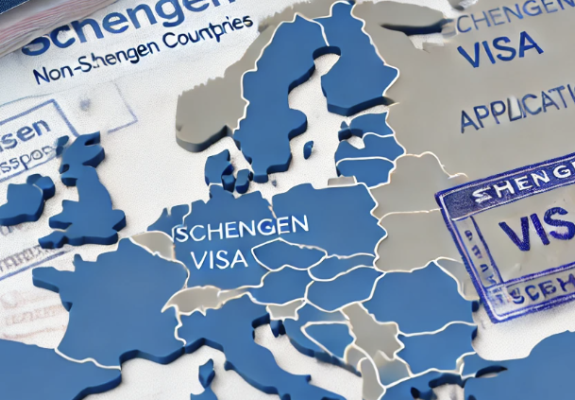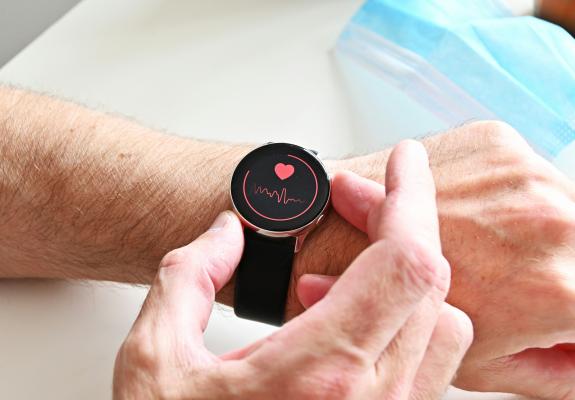12+1 Team-Building Activities That You Won’t Get Bored Of
When Encouraged to Do Something Together, Instead of Alone, the Idea That the Team’s Success Should Be a Priority Comes Alive
First and foremost, team-building or team-bonding allows people to get to know each other, their interests, strengths, weaknesses, and communication styles, among other things. “Just like a professional sports team works and practices together to function at their highest level, work teams can and should do the same,” says Muse career coach Al Dea. Just as you can't be on the field with a team that has no idea who plays in what position, who passes the ball to whom, and who is best at handling XYZ situation, you can't achieve anything if your team members don’t understand each other.
Moreover, team activities can remind people that work is never just about them but the entire team. When encouraged to do something together, instead of alone, the idea that the team's success (and ultimately the company's) should be a priority comes alive. This can be a particularly useful learning experience for teams that operate with team dynamics, are overly competitive, or lack unity and confidence as a result of a poor manager or tough times.
So, what do these activities look like? Below are 15 of the most successful team-building activities:
This can be a literal puzzle, like a 500-piece set, or a brainstorming challenge that requires thought and idea storming. If feeling ambitious, set a time limit to complete the task. The key is that everyone must contribute to the success of the “project”. After finishing or when time is up, take some time to reflect on the experience. Ask your team: What was your strategy to solve it? Who did what? Why did each person make the decisions they did? Allowing everyone to reflect on the process can highlight unique perspectives or strengths in each individual or at least lead to an open discussion.
This exercise is quite simple and only takes a few minutes. Have everyone sit in a circle. Anyone can start counting or say a number at any time, aiming to count from one to 20. However, if two people say a number simultaneously, the count starts over. This game requires team members to not only be aware of the group dynamic but also to collaborate with limited communication to reach the end.
There are various variations you can implement in this game to encourage your team to express appreciation for one another. One option is to simply dedicate five minutes to having individuals compliment each other spontaneously. This could be as simple as saying: “I wanted to tell Gina I liked her proposal this week” or “Big thanks to Stavros for bringing doughnuts last week when we were all heads down to meet a big deadline.” Alternatively, go around and ask each person to address the colleague to their right, so everyone gets a chance to express themselves.
This can be a great way for your team to boast a bit about their achievements and to keep each other informed about the area they all work in. A great example of this at The Muse is something we call "Sip it and Ship it." Once a month on a Friday, our engineering team hosts an open meeting where anyone in the company can drop by and try out the latest “shipped” or completed projects while “sipping” alcoholic or non-alcoholic drinks. You can do this on a smaller scale too. If you're a team of two or three, dedicate a few minutes each week or once a month to gather and highlight something each member is working on, allowing colleagues to ask questions, make suggestions, and offer positive feedback.
Ask everyone on your team to take a personality test, then gather and discuss. What you decide to do with this really depends on you, the key is to understand each employee's strengths, weaknesses, and signs of your colleagues. You might group similar personalities together and then they should discuss how they use their characteristics in the workplace or they might have to complete a task like designing their “ideal” office based on their personality type and share it with the team.
It goes without saying that board games bring people together, and there are plenty of great, office-friendly options out there! There are Apples to Apples (a SFW version of Cards Against Humanity), Code Names, Pandemic, and Jenga – all games that require teamwork. There are also non-board games like Celebrity or Heads Up (available on iOS and Android) that require nothing more than a phone or a pen and paper. It might feel odd to break out a few games in the middle of the office, but you may be surprised to find that it relaxes your team and forces them to collaborate in different and creative ways.
This can be great for new employees to get to know the landscape and their team by “requiring” them to locate things around the office and ask questions of more experienced employees during their first week, like “When did [Company] start?” or “Who was our first client?” or "How many people work in the marketing team?" You might create one for the staff to uncover X number of facts or artifacts by the end of the day together. Or split the team into multiple groups and see who finishes first. However you choose to do it and whatever you choose for them to find, this will certainly encourage team members to collaborate on something far removed from their usual work.
This is a favorite team-bonding method used in camps and a fun way to get team members together to solve a problem. Ask everyone to come together in a circle and hold hands with people who are not right next to them. The goal, once everyone's hands are intertwined, is to untangle without breaking the chain. You can make it even more challenging by not allowing the team members to talk or by setting a time limit. It requires a bit of footwork to move among each other, one over the other. If you “untangle” it, it can create a fun puzzle.
Pair up team members and have one blindfolded, then it’s the job of the other to guide the blindfolded person as best they can, whether that's getting them to the other side of the office or having them complete a task like moving an object or drawing a picture. Ask people who usually don’t work closely together to do this exercise, and it will help them practice communication and build trust.
Set a timer and encourage team members to line up in various sequences, such as by height, birthday, or years of experience at the company without saying a word. Your team will learn a few things about each other while overcoming an unusual challenge.
Hack Days are well-known in the tech and engineering fields, but they can be beneficial for nearly any team. The concept is straightforward: encourage everyone to set aside their current projects and spend the day completing a special task that benefits the team or the company. Ideally, involve multiple departments—or even the entire company—and require employees to collaborate with individuals from different teams. The goal is for staff to think outside the box by creating something that requires a new set of skills or a different way of thinking. You might spend the day revising your onboarding document for new hires, brainstorming a new sales promotion, or inventing a new product. Whatever it is, it should cost €0 to create and be something you can construct (or conceptualize) in a single workday.
It's a popular team-building exercise these days, and for good reason: trying to escape while "trapped" in a room with people (within a set time frame) is a collective effort. If you live in a city that offers it, you can find a variety of escape room challenges, such as a submarine, a prison cell, or even an office (how ironic!).
If your team is passionate about a specific cause or initiative, consider dedicating a day to provide some community service. Not only will this strengthen your bond, but you'll also feel great and make a positive impact on your community. Explore how you can bring volunteer opportunities into your office and find some tips for various volunteering activities you can undertake, depending on your commitment level.






